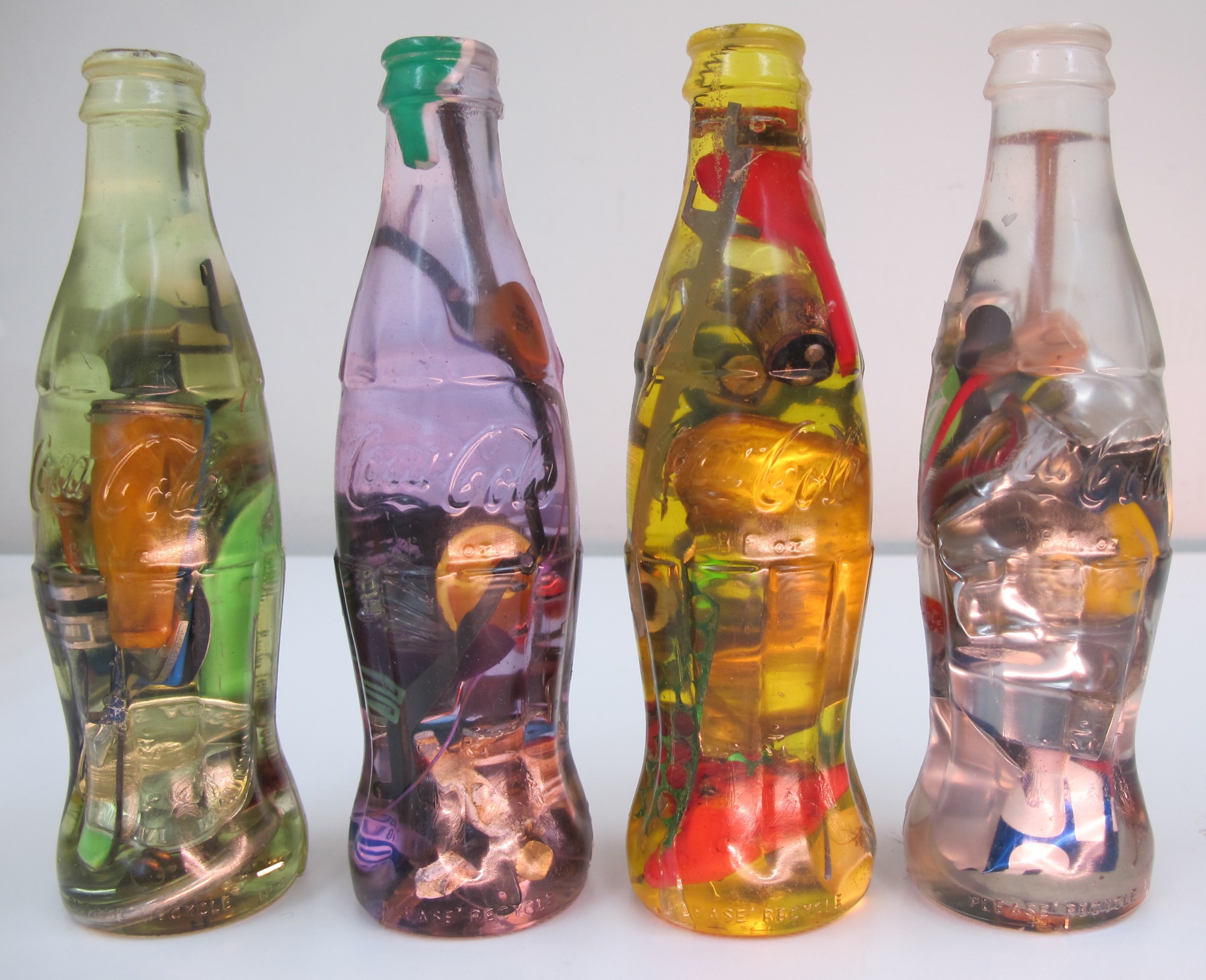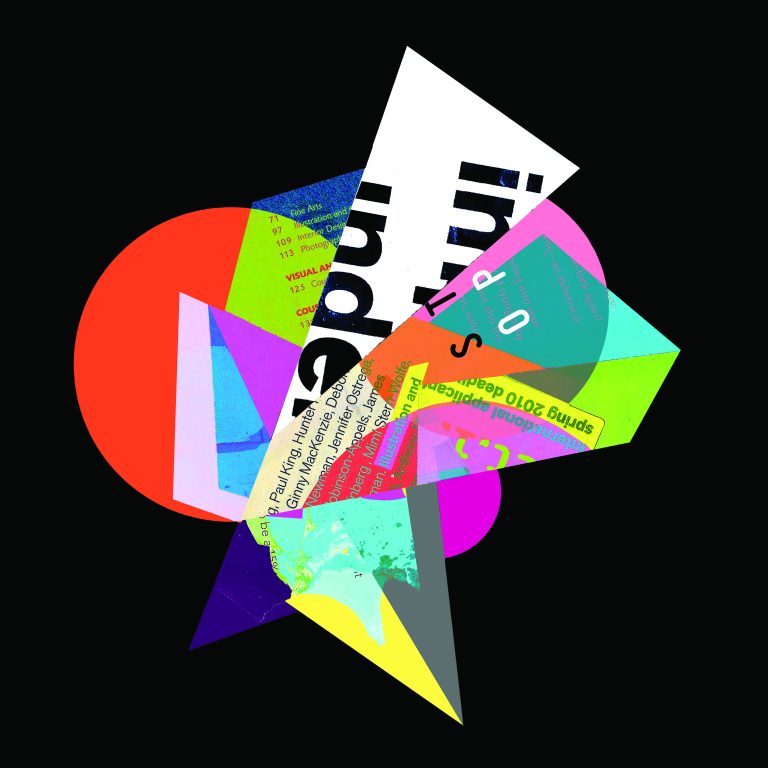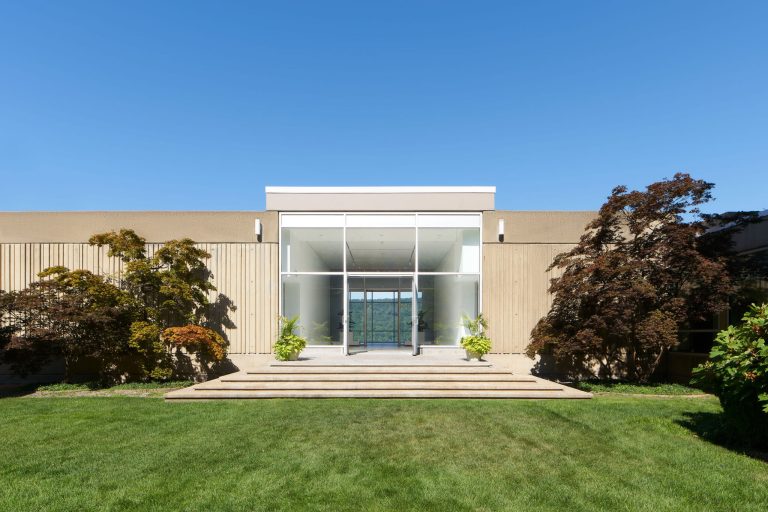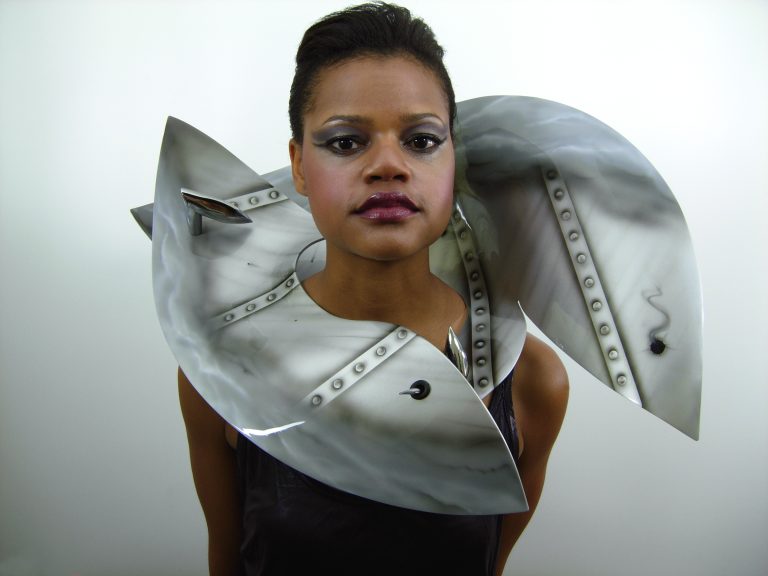A Matter of Discovery: The Art of Luis Perelman
Luis Perelman, who was born in New York and currently works in his Yonkers studio, came to prominence with resin sculptures when Leo Castelli’s gallery represented him in the 1960s. However, his artistic output from the past six decades includes many other types of artworks in various styles and media. A retrospective of Perelman’s art at Neuberger Museum of Art, aptly called A Matter of Discovery, showcases not just his substantial body of work, but also explores an artist’s journey from idea to finished product. Along the way, it demonstrates the methods he uses to develop his artworks through preparational drawings, studies of materials, patinas, lines, shapes and dyes.
Perelman says in the exhibition catalog that art for him “is a process of discovery…” and that he has “been intrigued by trying new things.”
The most recent “new thing” for the artist has been immersion into the digital art field. In Optical Constructions (2020-22), which was a collaboration between the exhibition’s curator, Patrice Giasson and Perelman, the curator carefully selected some of Perelman’s Photoshop drawings to make slideshow “playlists” that loop infinitely on three monitors. An achieved kaleidoscope-like illusion places a viewer in an almost meditative state, which was an original intention of the artist. Giasson states: “As a curator, I try to bring up art the way an artist sees it in the studio, the way it was created.”
In Obelisk 1 and Obelisk 5 (1998), which also touch on the kaleidoscope theme, resin with a translucent quality is amplified by a lighted pedestal that highlights metallic and colored found objects embedded inside. Perelman, who began his career as an architect, was interested in incorporating unique 3D shapes like obelisks. At the same time, the resin wall reliefs and cuboids look distinct and complex due to the industrial and found objects lodged inside. Giasson calls them “time capsules” because the inserted objects represent the time during which those articles were in use (e.g., disassembled typewriter, bulbs, keyboard pieces, keys, etc.).
Even in those sculptures where objects seem randomly “floating” in resin, there is a deliberate and methodical approach that is a characteristic of all of Perelman’s art. Giasson calls this “part of a diligent testing of things.” For example, Stepped Lone Star 4, which is an intricate work that resembles an American quilt, is made from metal strips cut up from recycled cola and beer cans, and then glued to wood backing. The artist, who described the process as “exacting work” that requires “a lot of attention,” picked only primary colors when selecting cans and placing folded strips in multiple ordered layers. It is also an example of patina studies (copper oxidation). Other examples of painstaking patina experimentation are also apparent in such artworks as Copper Wall Reliefs (1990s), Wrapped Metal Weave 5 (2011) and the KAMAL series (2016).
Perelman’s interest in unusual materials persists with Annuit Coeptis (1997), a granite-looking obelisk-shaped sculpture, for which Perelman used shredded currency attached to a wood base. The sculpture underlines symbolic connotations to iconic emblems associated with American culture: the pyramid as the masonic symbol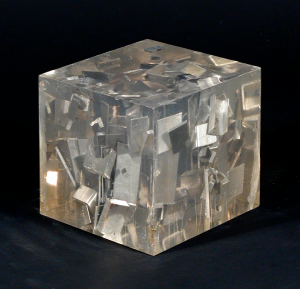 on the dollar bill and Latin title suggesting the Great Seal of the United States.
on the dollar bill and Latin title suggesting the Great Seal of the United States.
Another selection of works utilizing iconic American imagery and showcasing Perelman’s meticulous craftsmanship is his Coca-Cola Series (1998). These colorful resin sculptures were produced with a mold from a real Coke bottle. Due to neon lighting, the artist’s mastery with dyes, and his ability to avoid cracks and bubbles, the “bottles” look like they are made from glass. In the catalog, the artist admits that he was attracted to the widely recognized shape of the bottle, even though casting resin sculpture in such a shape was not an easy technical task.
Other series on view include Color Field Paintings (1974-75), for which the artist plays with optical illusion and kineticism through manipulations of lines and color; Sufi Wall Reliefs (1980s), which is an abstract geometric take on Islamic patterns; and most recently “origami” Paper Folds (2021-2022), for which the artist continues his investigation of shapes, lines and colors.
Throughout the retrospective, it is clear that Perelman’s creative journey has been filled with ideas that lend to the deliberate exploration of materials, lines, shapes, space, colors, styles and tools. And while potential influences of various contemporary movements emerge in artist’s work, Perelman emphasizes that he has “always gone his own way.”
The exhibition will be on view through November 5.
_____________________________________________________________
Yana Rolnik is a freelance art historian and full-time Director of Software Engineering at Confluence Technologies. She has a Bachelors in Computer Science, Masters in Art History, and is pursuing Masters in Entrepreneurship in the Arts.
Photos: Luis Perelman Coca Cola Series, 1998 21 parts; found materials embedded in clear resin, 7 ½ x 2 ¼ x 2 ¼ Courtesy of Luis Perelman;
Luis Perelman Industrial Petrification 2, 1965 Found materials embedded in clear resin 5 7/16 x 5 9/16 x 5 9/16 inches Courtesy of Luis Perelman

